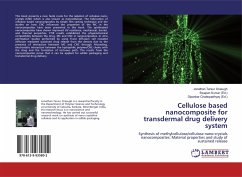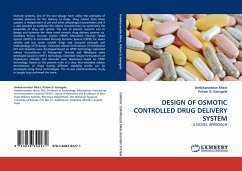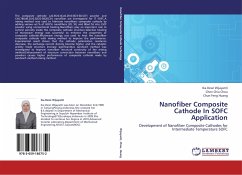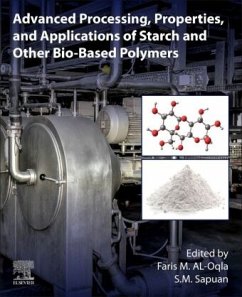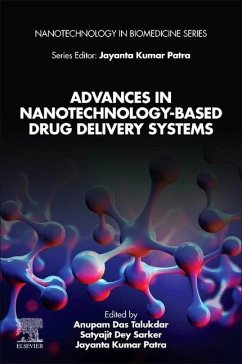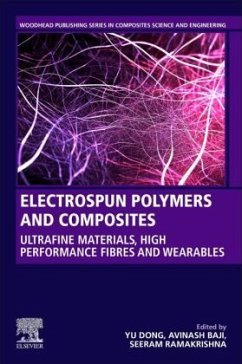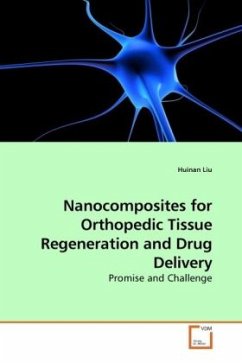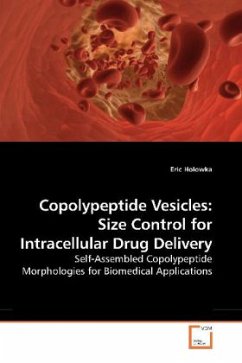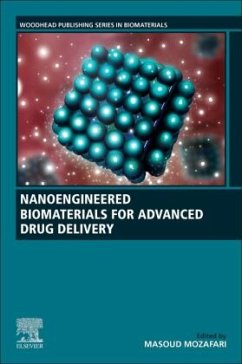
Nanofiber based drug delivery system against Leishmaniasis
Versandkostenfrei!
Versandfertig in 6-10 Tagen
27,99 €
inkl. MwSt.

PAYBACK Punkte
14 °P sammeln!
Drug loaded biodegradable nanofibers were prepared as a novel drug delivery system for the delivery of Amphotericin B which is the most promising drug for leishmaniasis. The degradable nanofibers were prepared from 10 wt. % gelatin in acetic acid and water mixed with 1 wt. % Amphotericin B, and the fiber-morphology was studied by the Field Emission Scanning Electron Microscopy (FE-SEM). The formation of bead-free fibers was observed with an average diameter of 100nm, at optimal process conditions. The chemical integrity of the drug in the electrospun nanofibers, was confirmed by Fourier Transf...
Drug loaded biodegradable nanofibers were prepared as a novel drug delivery system for the delivery of Amphotericin B which is the most promising drug for leishmaniasis. The degradable nanofibers were prepared from 10 wt. % gelatin in acetic acid and water mixed with 1 wt. % Amphotericin B, and the fiber-morphology was studied by the Field Emission Scanning Electron Microscopy (FE-SEM). The formation of bead-free fibers was observed with an average diameter of 100nm, at optimal process conditions. The chemical integrity of the drug in the electrospun nanofibers, was confirmed by Fourier Transformation Infra Red (FTIR) spectroscopic analysis. The release of the Amphotericin B from the nanofibers, was investigated by UV-Visible spectrophotometer in phosphate buffer of pH 7.4 at normal physiological body temperature of 37 °C. A controlled pattern for the release of Amphotericin B from the gelatin nanofibers, was observed - suggesting electrospun Amphotericin B loaded biodegradable nanofibers to be highly promising for the treatment of leishmaniasis.



